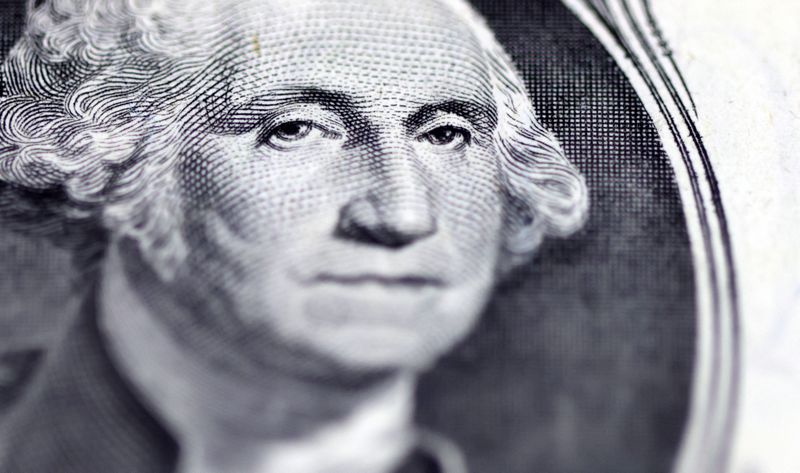United Homes Group stock plunges after Nikki Haley, directors resign
Investing.com - The U.S. dollar sold off heavily in the first half of the year, and UBS sees more weakness ahead with hard U.S. macro data set to be the driving force.
The first half of 2025 was marked by USD weakness - the U.S. dollar lost 11% during the period, with both risk-on and risk-off currencies gaining ground.
The speed and magnitude of gains versus the dollar were driven by currency-specific factors,according to analysts at UBF, in a note dated July 1.
“European currencies benefited significantly from Germany’s fiscal pivot, while lackluster CNY performance and general growth concerns kept Asian currencies more restrained. Weakness in key Latin American currencies during 2H24 allowed for a greater BRL and MXN reversal in the first half of this year, UBS said.
With fiscal challenges in the U.S. remaining high and growth set to slow, broad dollar weakness is likely to continue in the second half of the year.
“However, since U.S. growth expectations have already declined and the USD is already reflecting sharply lower U.S. yields relative to the rest of the world, the next leg down in the USD could be less pronounced. U.S. hard data are likely to determine the extent of USD movement as they guide the Fed,” UBS added.
UBS expects hard macro data from the U.S. in the second half of the year will set the tone for the USD’s trajectory.
“We expect U.S. growth to slip slightly below 1% quarter over quarter in Q3 and on a year-over-year basis in Q4. While that may sound alarming, it’s worth noting that consensus expectations among economists are already there,” UBS added.
With growth expectations already low, it is unlikely that upcoming data will force economists to revise their forecasts even further downward, unlike what occurred earlier this year.
“We believe the EUR is the default currency of choice for many investors going short USD. Our point of gravity for EURUSD over our forecast horizon is 1.20. In Europe, we also favor the NOK. In emerging Asia, our focus is on the KRW and SGD, while in Latin America, we prefer the MXN for carry,” added UBS.
